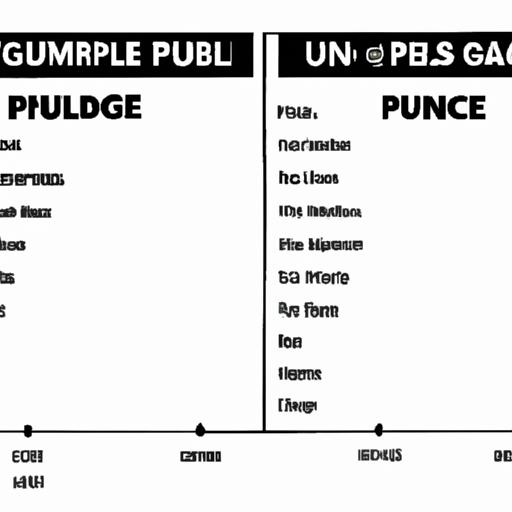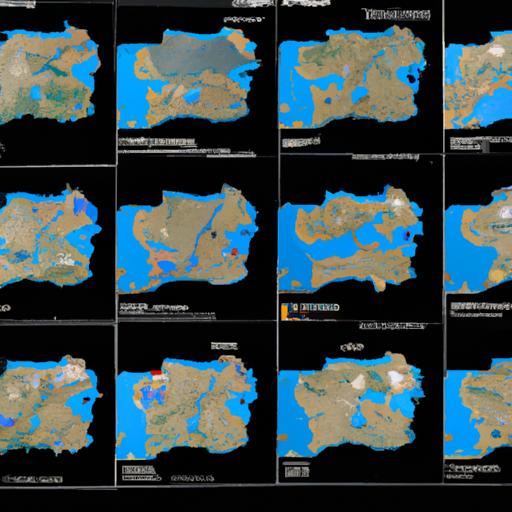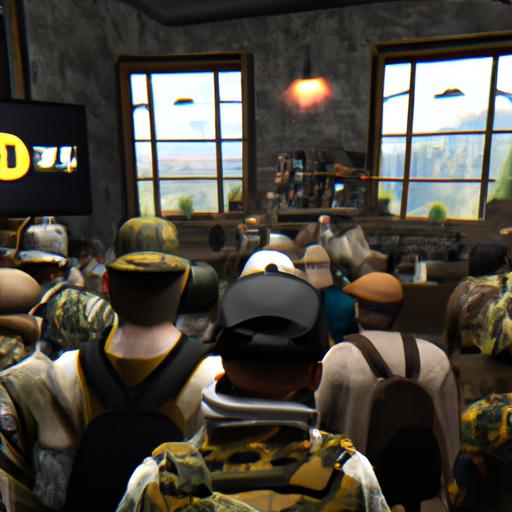Introduction

The installation size of PUBG varies across different platforms, with mobile requiring less space than consoles
PUBG, short for PlayerUnknown’s Battlegrounds, is a highly popular online multiplayer battle royale game developed and published by PUBG Corporation. The game was first released in 2017 and has since become a sensation among gamers worldwide. PUBG has an enormous player base, with millions of players playing the game daily. With such a vast player base, it is essential to know how big PUBG is in terms of installation size, map size, player count, revenue, and player base. In this article, we will explore the different aspects of PUBG’s size and understand how it affects the game’s popularity.
The Game’s Installation Size

The different maps in PUBG offer varying gameplay experiences, with some maps being larger than others
The installation size of PUBG varies depending on the platform it is installed on. On PC, the installation size is around 30 GB, while on Xbox One and PlayStation 4, it is around 18 GB. The mobile version of PUBG has a much smaller installation size of around 1.5 GB. The game’s installation size is affected by various factors, including game assets, sound files, and graphics. As PUBG is a highly detailed game, it requires a substantial amount of storage space to run smoothly.
When compared to other popular battle royale games like Fortnite and Apex Legends, PUBG has a more significant installation size. Fortnite’s installation size is around 30 GB, while Apex Legends is around 25 GB. Despite the game’s large installation size, PUBG’s popularity continues to grow, with millions of players worldwide. The game’s performance on different platforms is also influenced by the installation size, with lower storage space often resulting in longer loading times and lower frame rates.
Map Size

PUBG can accommodate up to 100 players per game, making for a highly competitive and intense gaming experience
PUBG features several maps that are different in size, terrain, and overall gameplay. The game’s original map, Erangel, is the largest map, covering an area of 64 square kilometers. Other maps like Miramar, Sanhok, and Vikendi have different sizes, with Sanhok being the smallest. The map size in PUBG plays a crucial role in the overall gameplay experience. Larger maps, like Erangel, take longer to traverse, making it challenging to move around and find loot. On the other hand, smaller maps like Sanhok offer faster gameplay and more intense gunfights.
The map size also affects the player count, with larger maps accommodating more players. However, larger player counts on larger maps can lead to longer wait times and longer game durations. Overall, the map size in PUBG offers a unique gameplay experience, with each map showcasing different gameplay mechanics and strategies.
Player Count
PUBG supports a maximum player count of 100 players per game, which is one of the highest among battle royale games. Other popular battle royale games like Fortnite and Apex Legends have a maximum player count of 100 and 60 players, respectively. The 100 player count in PUBG makes for an intense and challenging gameplay experience, with players constantly on the move and searching for loot. The higher player count also increases the chances of encountering other players, making the game more unpredictable and exciting.
The player count in PUBG also affects the overall gameplay experience, with higher player counts requiring a more tactical approach. Players must be careful when moving around the map, as any misstep could result in a quick death. The high player count also leads to more intense gunfights, with players using different strategies and weapons to outsmart their opponents. Overall, the player count in PUBG offers a unique and challenging gameplay experience that sets it apart from other battle royale games.
Revenue and Player Base
PUBG’s popularity has resulted in significant revenue for the game’s developers. As of 2021, the game has generated over one billion dollars in revenue. The game’s revenue comes from various sources, including game sales, in-game purchases, and advertising. The game has a vast player base with millions of players worldwide, making it one of the most successful video games of all time.
The game’s success can be attributed to its unique gameplay, realistic graphics, and regular updates. PUBG’s developers frequently release new content and updates that keep the game fresh and exciting for players. The game’s size also plays a significant role in its success, with the vast installation size and map size providing players with a detailed and immersive gaming experience.
Conclusion
In conclusion, the size of PUBG plays a critical role in the game’s success. The game’s installation size, map size, player count, revenue, and player base are all factors that contribute to the game’s popularity. Despite the game’s large size, PUBG continues to attract millions of players worldwide and generate significant revenue for its developers.
PUBG’s success has also had a significant impact on the gaming industry, inspiring other developers to create similar battle royale games. The game’s unique gameplay and immersive experience have set a new standard for the genre. As a result, PUBG has become a cultural phenomenon and one of the most successful video games of all time.
Overall, understanding the size of PUBG is crucial for anyone interested in the game’s success and impact on the gaming industry. As a leading source of information on PUBG, Pubgfact.com is committed to providing accurate and up-to-date information on the game’s size, gameplay, and development.